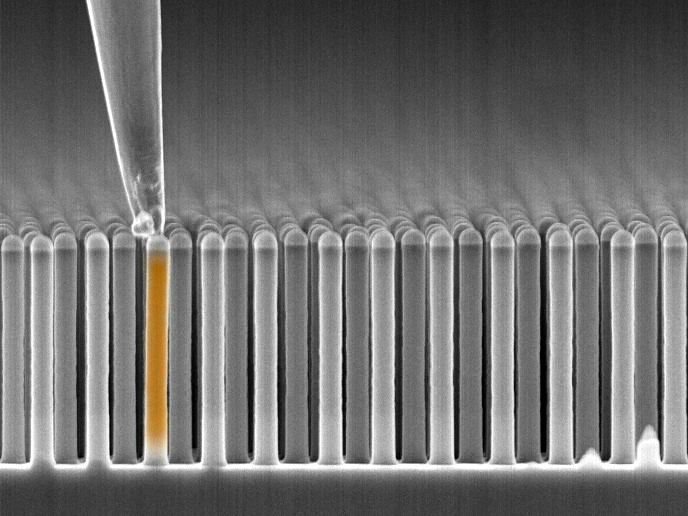Advanced protection from solar storms
Again and again, the Sun hurls gigantic clouds of charged particles towards Earth. When they hit the Earth magnetic field, they can damage satellites, disturb telecommunication signals and accelerate electrons of the near-Earth environment that can produce strong electric currents on the ground. This way solar storms lead to perturbations or even blackouts of communication systems, power grids and satellites. With EU funding, the AFFECTS (Advanced forecast for ensuring communications through space) project aimed to improve forecasting of severe solar storms with special emphasis on their effects on telecommunication and navigation systems. With their expected impact estimated with the highest possible degree of reliability, measures to secure at-risk technology can be implemented in time. Engineers already design communication- and navigation systems with space weather in mind, using theoretical models to predict how they will be affected by solar storms. Moreover, space weather is far more dynamic than models predict, and there are many different ways that charged particles can wreak havoc on societies modern technological infrastructures. The biggest difficulty is that when something goes wrong, engineers cannot analyse it to determine what happened. To establish a better understanding of the space weather effects on satellite- and ground-based communication systems, AFFECTS scientists analysed space weather data from multiple space missions. These included PROBA-2, STEREO, Solar Dynamics Observatory, Advanced Composition Explorer and the International Space Station. The analysis in real time allows researchers to derive properties such as strength, direction, speed and course of a solar storm. This information is made publicly available within as little as 1-2 hours after the occurrence of a severe solar storm through the project website. From analysis of the properties of the Sun’s corona and solar wind, AFFECTS scientists also estimate the time that a solar storm will arrive at Earth as well as its potential impact on the near-Earth space environment. The space weather conditions can be predicted over a period of two weeks. Using 3D maps of the distribution of charged particles' density in the Earth's upper atmosphere space weather conditions and their impacts on telecommunication- and navigation systems can be predicted. The AFFECTS project has contributed significantly to bridging the gap between engineers and space weather forecasters. A better understanding of the drivers of space weather is hoped to lead to more robust systems and components for the next generation of communications satellites and affected SPACE WEATHER technological infrastructures in general.
Keywords
Solar storms, early warning system, space weather, telecommunication and navigation systems







